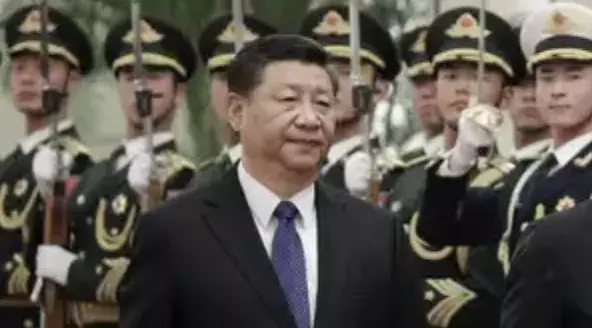Xi Jinping vows stable regional diplomacy, joint Asian modernisation amid rising US tariff tensions
Xi Jinping pledges stable neighbourhood diplomacy and joint modernisation of Asia amid US tariff tensions

Amid rising trade tensions with the United States, Chinese President Xi Jinping is visiting Vietnam to strengthen political and trade partnerships. During his visit, Xi emphasized China’s commitment to maintaining stability in its neighbourhood policy and promoting joint modernisation efforts across Asia.
This visit, which also includes stops in Malaysia and Cambodia, comes as China seeks to reduce its heavy trade reliance on the US following steep new tariffs imposed by the Trump administration. The US recently raised tariffs by 145% on Chinese exports worth over USD 438 billion while offering temporary exemptions to countries like Vietnam, Malaysia, and Cambodia.
In an article published in Vietnam’s Nhan Dan newspaper ahead of his arrival, Xi reaffirmed China’s intent to deepen cooperation with neighbouring countries. He stressed that China would uphold principles of amity, sincerity, mutual benefit, and inclusiveness. "We will continue to pursue the policy of forging friendship and partnership with our neighbours," Xi wrote.
Facing domestic pressure after the US tariff hike, Xi outlined China’s new approach to focus on shared modernisation with Asian countries. The aim is to diversify trade partnerships and lessen economic dependence on Western markets.
In response to US actions, China retaliated with 125% tariffs on American goods. However, Beijing is now shifting its strategy towards strengthening regional trade ties. Xi described Asia as entering a new phase of cooperation and development, highlighting both challenges and unprecedented opportunities for the region.
ASEAN countries, with whom China shares its largest foreign trade volume of over USD 962 billion, are central to this effort. Vietnam, in particular, has become a key player in global supply chains, attracting companies like Apple and several Chinese firms seeking to bypass US tariffs by moving operations there.
However, Vietnam too has come under scrutiny. Recently, the US imposed a 46% tariff on Vietnamese exports, targeting its reshoring policies that benefited from previous US-China trade disputes. Following appeals from Vietnam, the US agreed to a 90-day pause on new levies for many countries, excluding China, while negotiating a new tariff deal.
Before setting out on this Southeast Asian tour, Xi pledged to strengthen strategic ties with neighbouring countries, manage differences carefully, and enhance regional supply chains amid escalating trade tensions with the US.
In a recent meeting of the Communist Party of China, Xi called for fresh approaches to neighbourhood diplomacy. Beijing has been working to ease longstanding tensions with several regional players, including India, Japan, and South Korea.
Relations with India, which had been strained for over four years due to a military standoff in Eastern Ladakh, showed signs of improvement after a meeting between Xi and Indian Prime Minister Narendra Modi in Kazan, Russia last October.
China has also resumed trade talks with South Korea and Japan — the first trilateral economic dialogue in five years — aimed at boosting regional trade cooperation.
Additionally, Beijing continues to expand its Belt and Road Initiative (BRI) partnerships, further strengthening trade ties with countries in the region as it prepares for challenging times ahead in the global trade landscape.

